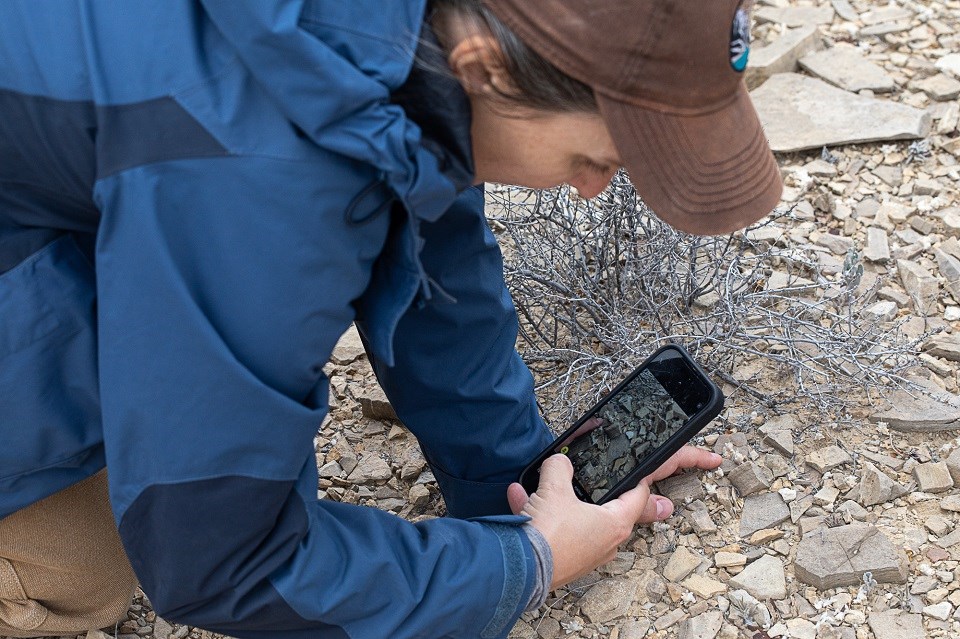
[CRAIG NIGRELLI]
FOR THE FIRST TIME IN HALF A CENTURY – A NEW PLANT SPECIES HAS BEEN DISCOVERED AT ONE OF AMERICA’S NATIONAL PARKS.
THE PLANT – CALLED THE “WOOLY DEVIL” – WAS FIRST SPOTTED LAST YEAR BY A BOTANY VOLUNTEER IN TEXAS’ BIG BEND NATIONAL PARK AND WAS UNLIKE ANYTHING ANYONE HAD EVER SEEN AT THE PARK BEFORE.
SO, OF COURSE, THEY RESEARCHED IT.
AFTER COMBING THROUGH PLANT DATABASES, REACHING OUT TO EXPERTS AND EVEN ASKING FOR HELP ONLINE… PARK OFFICIALS REALIZED THEY HAD SOMETHING UNIQUE ON THEIR LAND.
SCIENTISTS SAY THE WOOLY DEVIL FALLS INTO THE DAISY FAMILY – AND IS CLOSELY RELATED TO PAPERFLOWERS AND BITTERWEED – BUT A D-N-A ANALYSIS FOUND IT’S SO GENETICALLY UNIQUE, IT HAD TO BE CONSIDERED A WHOLE NEW GENUS.
IT’S ALSO MUCH SMALLER THAN ITS COUSINS – RANGING IN SIZE FROM LESS THAN ONE CENTIMETER… TO 3 TO 7 CENTIMETERS ACROSS.
ITS OFFICIAL NAME IS OVICULA BIRADIATA.
OVICULA MEANS TINY SHEEP AND BIRADIATA IS A REFERENCE TO THE TWO RAY-LIKE PETALS IN EACH FLOWER.
SO FAR, THE PLANT HAS BEEN FOUND ONLY IN THREE NARROW LOCATIONS IN THE NORTHERNMOST CORNER OF THE 800-THOUSAND ACRE NATIONAL PARK.
RESEARCHERS SAY THEY’RE NOW INVESTIGATING THE WOOL DEVIL’S POTENTIAL MEDICINAL PROPERTIES… AFTER THEY NOTICED UNDER A MICROSCOPE IT HAS GLANDS SIMILAR TO THOSE IN OTHER PLANTS THAT ARE KNOWN TO POSSESS COMPOUNDS WITH ANTI-CANCER AND ANTI-INFLAMMATORY PROPERTIES.
FOR ALL OF YOUR LATEST HEADLINES LIKE THIS MAKE SURE YOU DOWNLOAD THE STRAIGHT ARROW NEWS APP TODAY.












